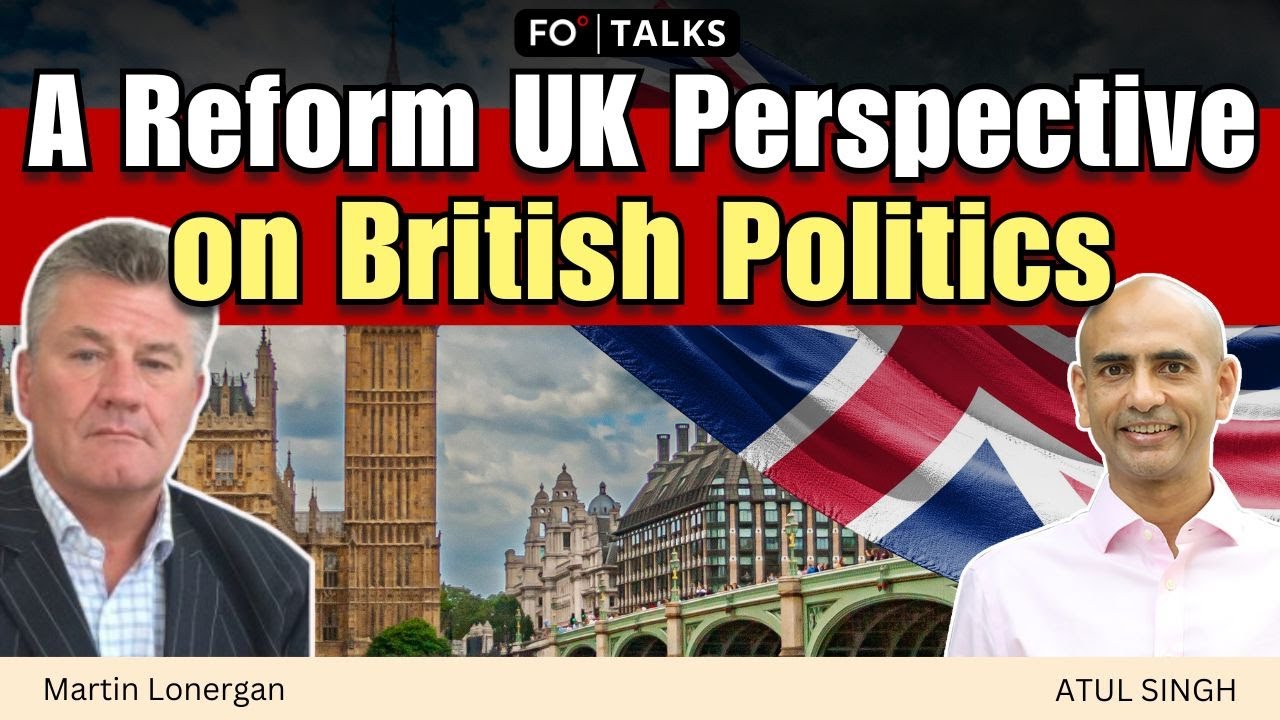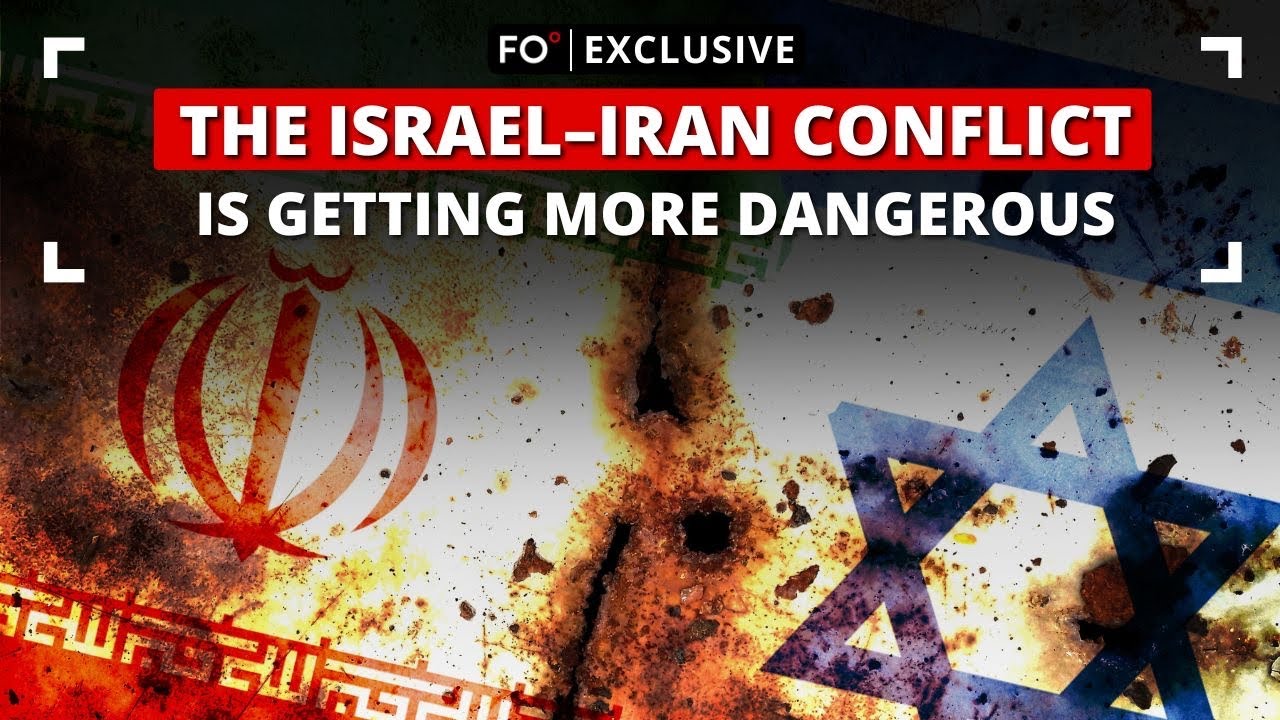Tensions have been rising between Israel and Hezbollah. Hezbollah — an Islamist militia that has more armed men than Lebanon’s army — has been warning of war with Israel with “no red lines.” Hezbollah has been firing missiles into northern Israel, which has led to the evacuation of 90,000 Israelis from the region. Authorities have evacuated a 20-kilometer zone in northern Israel, estimated to be about 10% of the country's length.
Hezbollah has also threatened to implicate the southwestern Greek side of Cyprus in the conflict due to an agreement Greece has with Israel. These events all come at a time when Israel is divided and many Israeli government officials have lost faith in Prime Minister Benjamin Netanyahu.
Israel and Hezbollah have a long history of conflict
In 1982, Israel’s conservative leaders thought that the Palestine Liberation Organization (PLO) was creating unbearable problems. There were terrorist attacks from Lebanon. Israel invaded Lebanon to push the PLO away from the border and destroy them. The Israelis very quickly took control of southern Lebanon and they fundamentally destroyed the PLO there. Since then, for the last four decades, the Iran-backed Hezbollah has replaced it.

Approximate areas of Hezbollah influence in 2006. Via Orthuberra on Wikipedia (CC BY-SA 3.0).
In 2006, Israel thought that Hezbollah was causing too many problems and went to war with Hezbollah. This war emerged as a mixed military success, but, as states learn time and time again, a military cannot fix political and social problems on its own. The 2006 war strengthened Hezbollah, and Hezbollah’s ally Iran came to back Hamas against Israel as well.
For years now, there has been tit-for-tat testing and point-making going back and forth between the two sides. Israel strikes a Hezbollah command building, killing some of Hezbollah’s leaders; Hezbollah responds by sending a commando into Israeli territory; Israeli forces killed him. The frequency of incidents like these has increased dramatically since the October 2023 breakout of war between Israel and Hamas.
[Liam Roman wrote the first draft of this piece.]
The views expressed in this article/video are the author’s own and do not necessarily reflect Fair Observer’s editorial policy.






























Comment